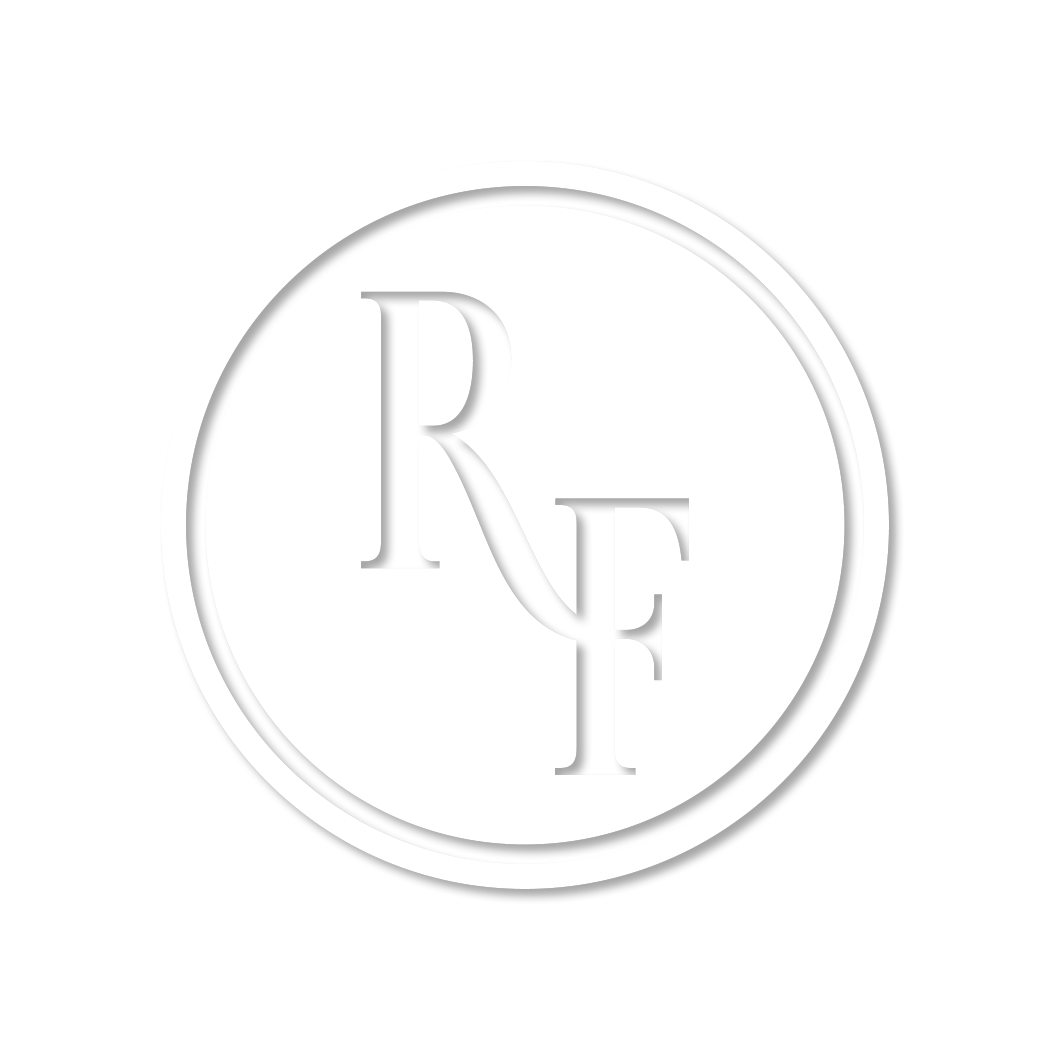
In the Shadow of the Sign: The Movie
Scene 1
My debut performance was in 1938 at 10 days of age. I wonder how many times my father directed, posed and shot my mother to get the 22-second segment celebrating my August homecoming from Physicians and Surgeons Hospital in Glendale, California. The location is a suburban street in Glendale. A raven-haired beauty, my mother, is smiling and waving from the passenger seat of a 1936 Dodge sedan—one of those round body cartoony cars. She looks as if she has been driven there by the now missing chauffeur and is waving at hosts who await her on their porch. Suddenly a handsome balding young man in a sports coat (my father who has left the camera rolling on its tripod), rushes into the frame. My parents greet each other fondly whereupon he opens the car door with a flourish to reveal a blanket lying across her lap. He merrily swoops it up, and we catch a tiny glimpse of me. A star is born! My mother looks worried—probably not that my father will drop me, but that the scene will have to be shot again and she’s dying to get out of that stifling car.
Scene 2
My first Christmas was captured on film in great detail. Daddy’s introduction to the festivities reads: “Her first Christmas. She liked the tree trimmings better than her toys and whispered to Pluto about her new diet of vegetables, cereals—and crockery rabbits.” Daddy’s description of my reaction to the display he and my Mama provided for me might reflect a little tiredness after a night of preparation. His expectations were dashed at my five-month-old preference for the tree trimmings over Disney-themed toys like ceramic reproductions of the Three Little Pigs, and the rabbits Snow White gamboled with in the forest. Who would have known that I could end up in the toy business where ceramic was not the first choice in baby toys!
Scene 3
Some say an only child is a lonely child. Not this kid. From my very beginnings, I was constantly entertaining and delighting myself with my imagination as my best friend. My babyhood buddy was Pluto who was brought to me from the Disney studio where Daddy worked. My plush pal was about my size, cushy and yellow with a gigantic black nose and ears to match. Unlike humans, he never made noises that I was expected to understand but instead listened to my babbles without misinterpretations. And he allowed my affectionate mauling, never made fun of my extra poundage nor protested my tendency to steamroll over him.
Scene 4
Our apartment was a few minutes from the studio that the Disney brothers, Walt and Roy, had established on Hyperion Avenue—as close as possible to Hollywood. This is where Daddy went to work to draw the “sound cartoons” called Silly Symphonies. He seemed to have a very good time at work as seen in his mini movie melodramas.
The first clip features the overacted saga of his fellow animators competing for the best rendering of the Queen’s malevolent mug as would be seen in Snow White and the Seven Dwarfs.
Next, we see the not-ready-for- prime-time playlet in which my father overacts his pride and joy watching his own animated footage. He then, with great anticipation, shares his masterpiece with his fellow artists. The scene concludes when one of his peers deems the work so stinking bad that he needs to clip his nose. This is followed by a sample of the work he showed his coworkers––the roughly drawn pencil test from the cartoon Sea Scouts. You can watch the finished product on YouTube.
Scene 5
I liked watching Daddy’s movies of the extracurricular antics of the Disney employees and their families. Particularly amusing was the “Field Day,” Walt’s thank-you celebration at the conclusion of creating Snow White and the Seven Dwarfs. He held the extravaganza at the sprawling, sumptuous 1920s Norconian Resort Supreme, east of Los Angeles and north of Corona (hence the name). The workers were treated to the resort’s facilities, dinner and dancing— even a marching band. My father cheated a little by editing in a scene where Kae Sumner, the 6’2” tall ink and paint lady, jitterbugged with a very short man on the roof of her building at the Disney Studios in Burbank.
Scene 6
He again filmed Kae Sumner on a yacht trip with Disney folks to Catalina. She hammed up a scenario where she couldn’t get her movie camera to work. The exotic locale where they went ashore was the Isthmus at the other end of Catalina Island where, at Christian’s Hut––built in 1935 as a bar for the crew working on the film Mutiny on the Bounty––they wore leis and paid for their drinks in shells.
Scene 7
Here are a few scenes from the footage my father filmed of the 1941 strike when the Disney animators no longer whistled while they worked. They wanted more money and more credit, and they wanted to join the Screen Cartoonist’s Guild. Daddy’s film began with a letter to Walt telling him why they were going on strike.
The artists are shown outside the entry guardhouse with pickets bearing sayings like Pluto protesting, “I’ve got a bone to pick with Walt,” and Pinocchio lamenting, “No Strings on Me.”
Here is a photo not shown in the film of my father rolling his picket sign making it look as if Donald is duck-walking along.


Mama with her dark hair in a pompadour, wearing white dress and sweater and bobby sox, is shown carrying a picket for Lab Technicians.
I even have a topless scene at the temporary nursery school where I played with other Disney workers’ kids.
Scene 8
I was a lucky kid to grow up among a bunch of animators who were often like kids themselves. A favorite was Ward Kimball, one of Walt’s “Nine Old Men,” the elite group of top Disney animators who weren’t old at all. Once we went to visit the Kimballs. I remember what fun the whole family seemed to have together. They even had a life-sized steam locomotive in their backyard, (an inspiration for the Disneyland Railroad around the park). Ward dressed up like a railroad man in a polka dot engineer’s hat. Daddy filmed me taking a trip all by myself on the Grizzly Flats Railroad. Many, many years later at Disneyland, I rode a train that was named Ward Kimball and had Jiminy Cricket emblazoned in gold on its headlamp. It was then I discovered that the man in the polka dot hat was the creator of Pinocchio’s and my childhood conscience.


